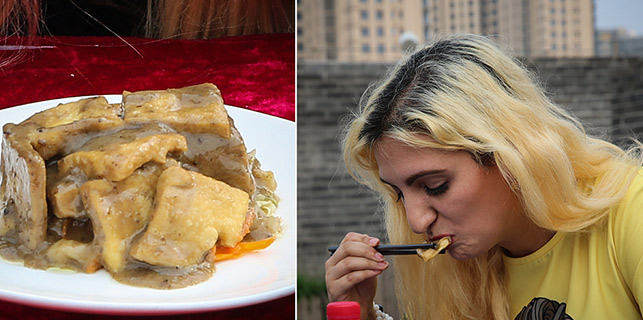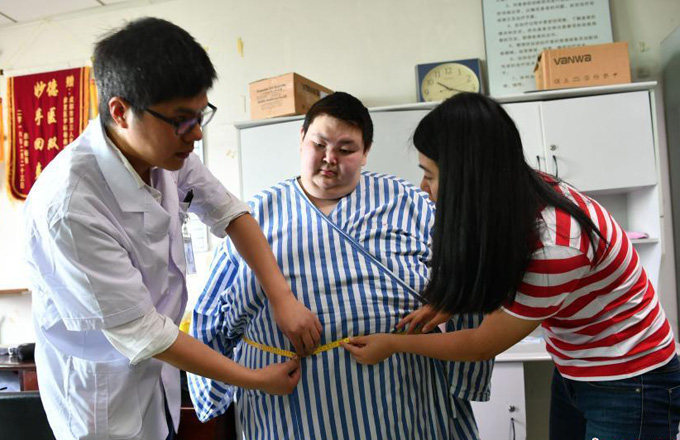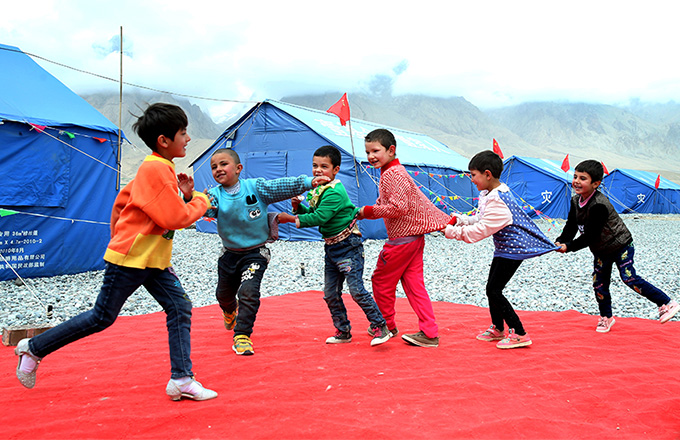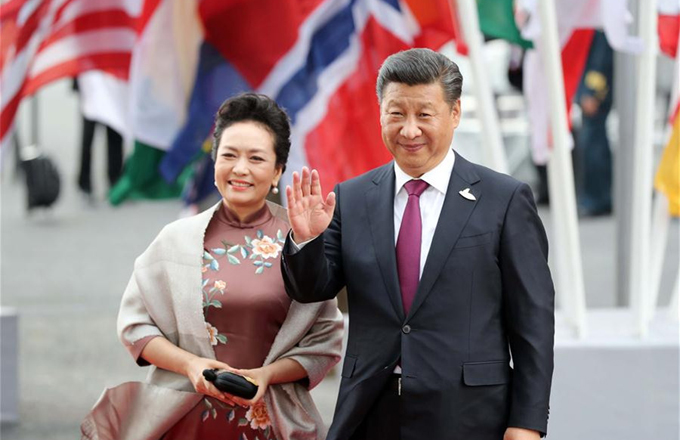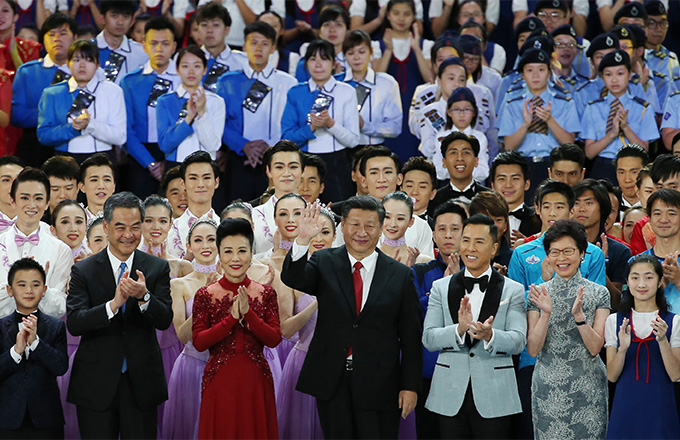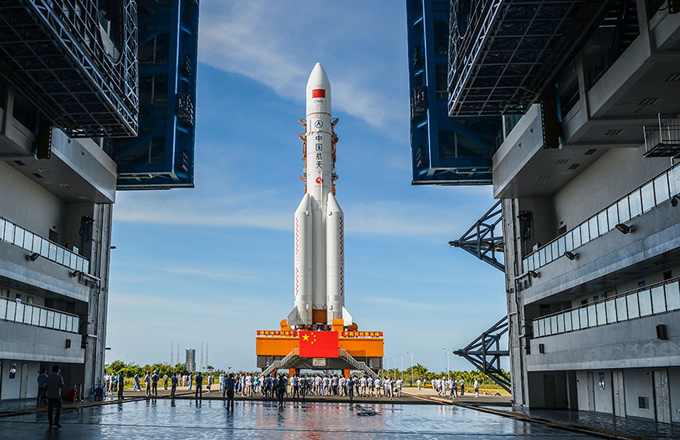Cross-Straits hostilities fading away
According to the mainland's Taiwan Affairs Office, more than 10,500 couples married across the Taiwan Straits in 2012, bringing the total number of such couples to 340,000 since 1987. Now in Taiwan, one in every nine newly-wedded couple is a cross-Straits marriage.
The couple of Wang Xiaofei, president of South Beauty, and Taiwanese actress Barbie Hsu stands among them.
Wang shared his story of love with 160 others who also have cross-Straits spouses, at a sub-forum of the fifth Straits Forum on cross-Straits marriage.
Since 2008, when a new generation of KMT leaders adopted mainland-friendly policies, cross-Straits relations have entered sound development, with communications in investment, education and traveling.
In 2012, the total number of visitors from both sides amounted to eight million, according to the mainland figures.
A KMT member Chao Yee, who also teaches in a Shanghai university and needs to visit the mainland nearly every month, benefits from direct flights across the Straits.
"It took 60 years for the two sides to open direct mail, transport and trade links," Chao said, "I hope the cross-Straits relation will be further boosted with comprehensive cooperation."
Cross-Straits exchanges are moving towards a higher level of mutual and normal activities, which will eventually lead to greater social integration of the two sides, said Shi Zhengfang, professor at the Taiwan Research Institute of Xiamen University.
"It is not just the geological distance that has been cut back, but also the feeling of estrangement. One thing is clear that people on the two sides of the Straits, who used to be hostile toward each other, are getting more neutral and positive," she said.
"The 'disappearing' of the Straits will be a long-term process due to much difference in the political systems and social values of the two sides, but we do see the trend being accelerated," she said.




